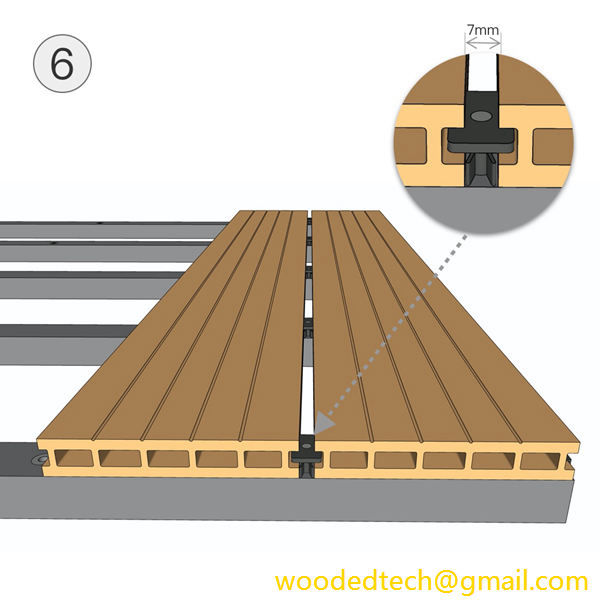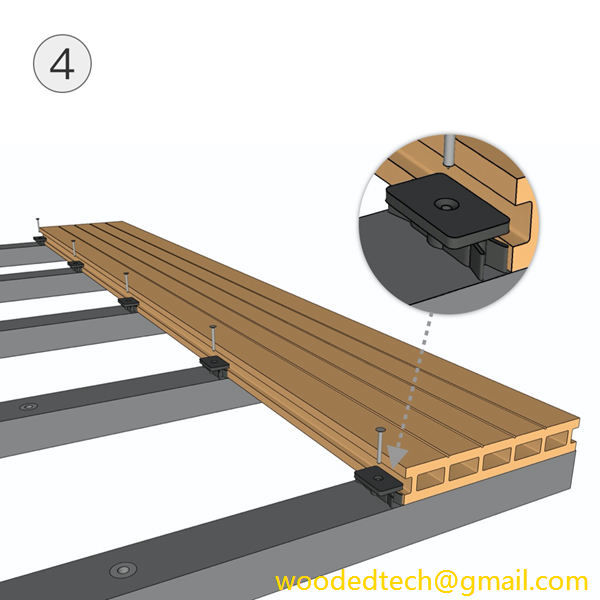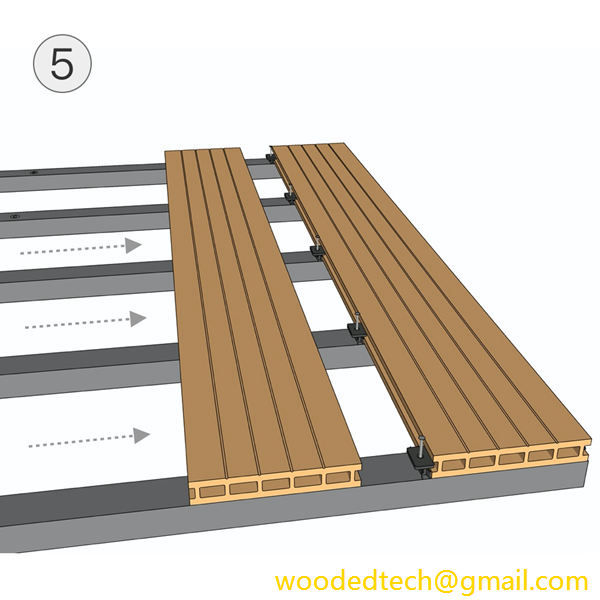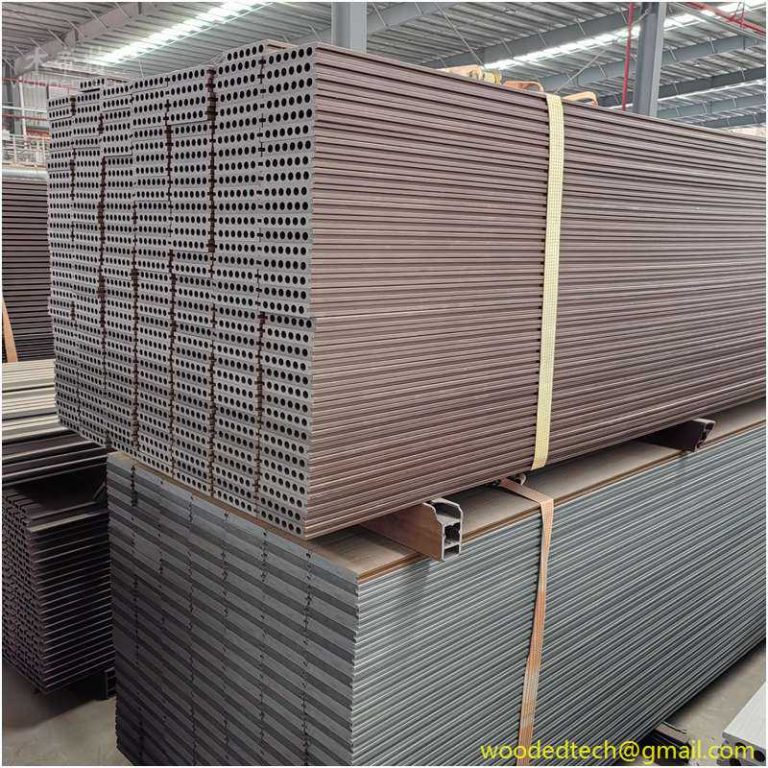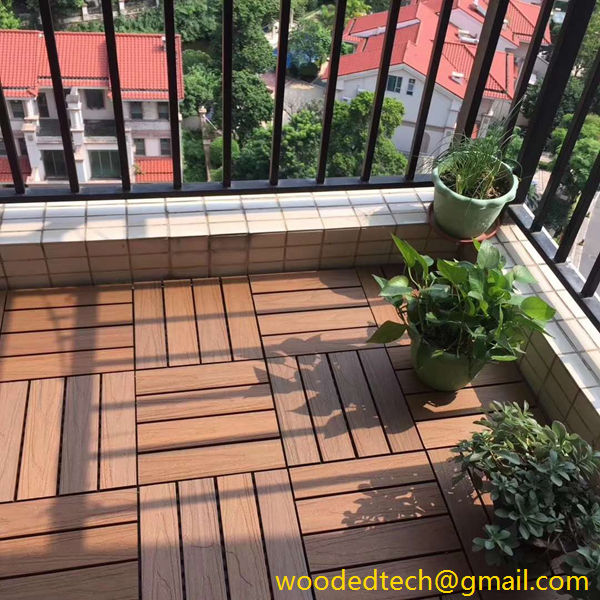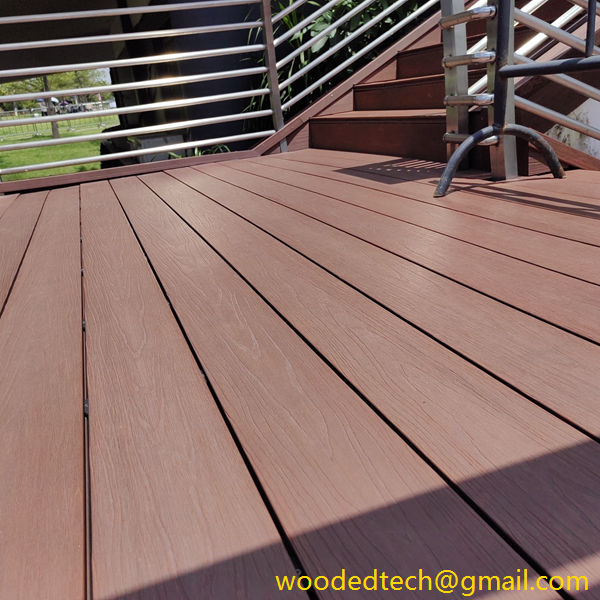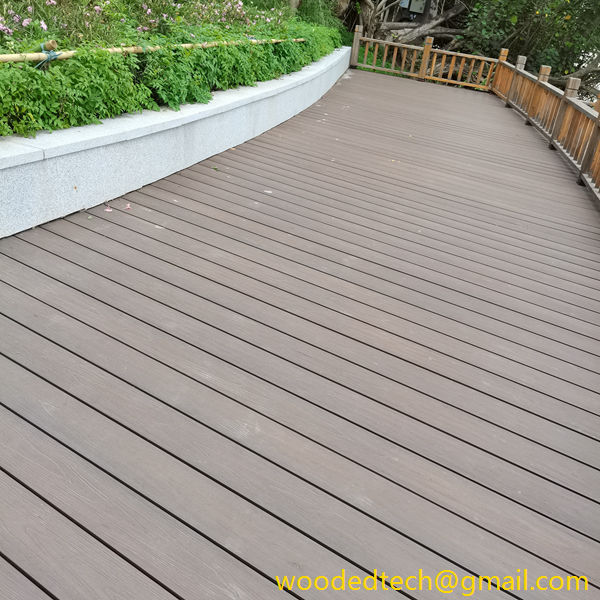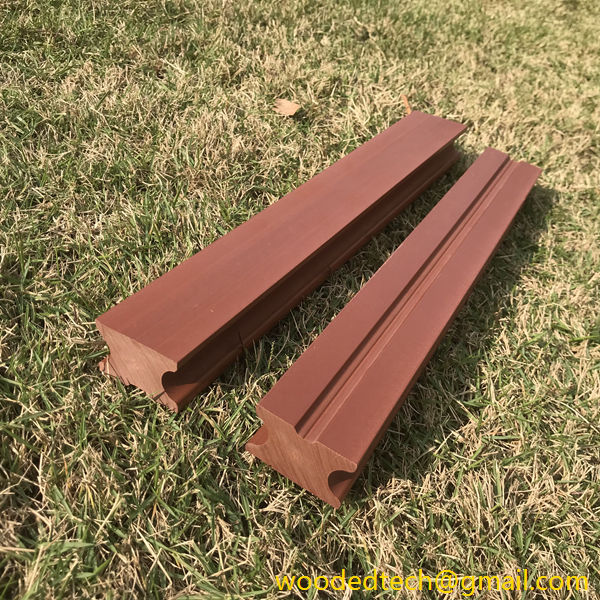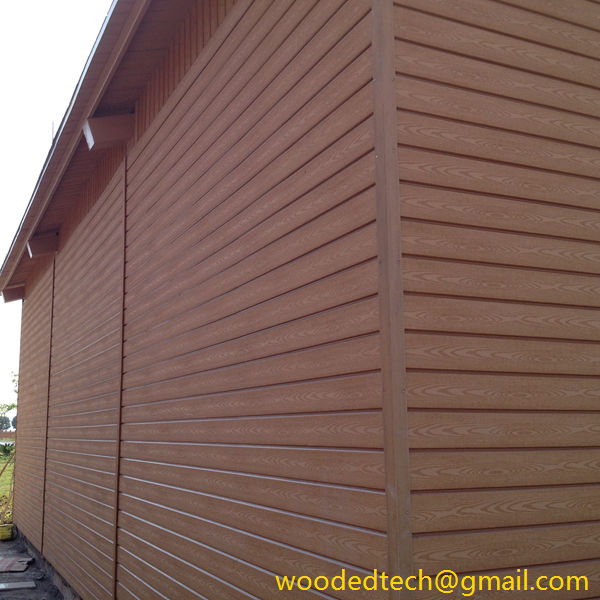Step-by-Step Guide to Composite Wood Decking Installation
Step-by-Step Guide to Composite Wood Decking Installation Composite wood decking has become an increasingly popular choice for homeowners looking to enhance their outdoor spaces. This innovative material combines the beauty of natural wood with the durability and low maintenance of synthetic materials, making it an excellent investment for those seeking a long-lasting decking solution. Whether…
Step-by-Step Guide to Composite Wood Decking Installation
Composite wood decking has become an increasingly popular choice for homeowners looking to enhance their outdoor spaces. This innovative material combines the beauty of natural wood with the durability and low maintenance of synthetic materials, making it an excellent investment for those seeking a long-lasting decking solution. Whether you are contemplating a new deck installation or replacing an existing one, this guide will walk you through the process step-by-step, ensuring your project goes smoothly from conception to completion.
Choosing Composite Wood Decking
Before embarking on your decking installation project, it is essential to choose the right type of composite wood decking. There are several brands and styles available, each with its unique characteristics. Many composite boards are made from a mixture of wood fibers and recycled plastic, providing the natural look of wood without the concerns that come with traditional lumber, such as splintering, warping, and fading.
When selecting your decking material, consider the following factors:
Color and Texture: Composite decking comes in a wide array of colors and textures. Some products mimic the appearance of natural wood, while others offer vibrant colors or unique textures. Choose a style that complements your home and landscape.
Durability: One of the significant advantages of composite decking is its durability. Look for products that resist fading, staining, and scratching. Many manufacturers provide warranties to assure you of their product’s longevity.
Slip Resistance: Safety is crucial, especially in wet conditions. Some composite materials are designed to be more slip-resistant than others, which is a consideration if your deck will be exposed to rain or spills.
Budget: Composite decking can vary significantly in price. It is important to find a product that fits your budget while meeting your quality expectations.
Gathering Tools and Materials
Once you have selected your composite wood decking, gather all the necessary tools and materials before you begin the installation process. Having everything on hand will make the installation much smoother and help you avoid unnecessary trips to the store. Essential tools for installation include:
Measuring tape: To accurately measure your deck space and the boards.
Saw: A circular saw or miter saw works best for cutting composite decking boards to size.
Drill: For creating pilot holes and securing screws.
Screwdriver: To fasten the screws into place.
Level: To ensure that your framing is even and that the finished deck has a proper slope for drainage.
Safety gear: This includes gloves, safety glasses, and hearing protection to keep you safe while you work.
In addition to tools, you will need specific materials for the framing and installation process, including:
Composite decking boards
Concrete footings or deck blocks
Support beams and joists (usually made of pressure-treated wood)
Deck screws specifically designed for composite decking
Joist hangers (for added support)
Decking spacers to ensure proper spacing between boards
Preparing the Site
Before you start building, you must prepare the site. This involves clearing the area where your deck will be located. Remove any existing decking, landscaping, or debris that may obstruct construction. Once cleared, ensure the ground is level and has adequate drainage to prevent water pooling under your deck.
If necessary, mark the layout of your deck using stakes and string to visualize the space and plan accordingly. This step is crucial to ensure that you stay within the property lines and adhere to any local building codes or regulations.
Building the Frame
Once the site is prepared, it’s time to build the frame. The deck frame comprises the support beams and joists that provide the structure for your composite decking boards.
Begin by installing concrete footings or deck blocks at each corner of your deck, ensuring they are set below the frost line in your area to prevent heaving in winter. Next, lay your support beams and secure them in place, ensuring they are level.
Once the beams are secure, install the joists across the beams, spacing them appropriately according to the manufacturer’s recommendations. A common spacing is 16 inches apart. Use joist hangers for additional support and secure them with screws.
Laying the Composite Decking Boards
Now that the frame is complete, it is time to lay the composite decking boards. Start at one end of the deck and lay the boards perpendicular to the joists. Use spacers between the boards to ensure consistent gaps for drainage and expansion.
When cutting the boards, measure twice and cut once to ensure accuracy. Make sure to drill pilot holes before inserting screws to avoid splitting the boards. Fasten the boards to the joists using screws specifically designed for composite materials. Continue this process until the entire deck surface is covered.
Finishing Touches
With the decking boards in place, it’s time to add finishing touches that will elevate the aesthetics and functionality of your new deck. Consider adding:
Railings: Install railings if your deck is raised or if you require added safety. Composite railing systems can be purchased to match your decking material.
Steps: If your deck is elevated, a staircase will provide access to the ground below. Ensure the steps are built securely and match the style of your deck.
Lighting: Adding deck lighting not only enhances the look of your outdoor space but also improves safety during evening use.
Sealing and Maintenance
Although composite decking requires less maintenance than traditional wood, it is essential to care for it to ensure its longevity. Regularly clean the surface to remove dirt, debris, and mildew. Most composite materials are resistant to water and stains but, in some cases, can benefit from occasional sealing or protective coatings to maintain their appearance.
In conclusion, installing composite wood decking can be a rewarding project that enhances your outdoor living space. By choosing quality materials, preparing adequately, and following a structured installation process, you can create a beautiful and functional deck that will serve you well for many years. Enjoy your new outdoor space and the endless possibilities it brings for relaxation and entertainment.

